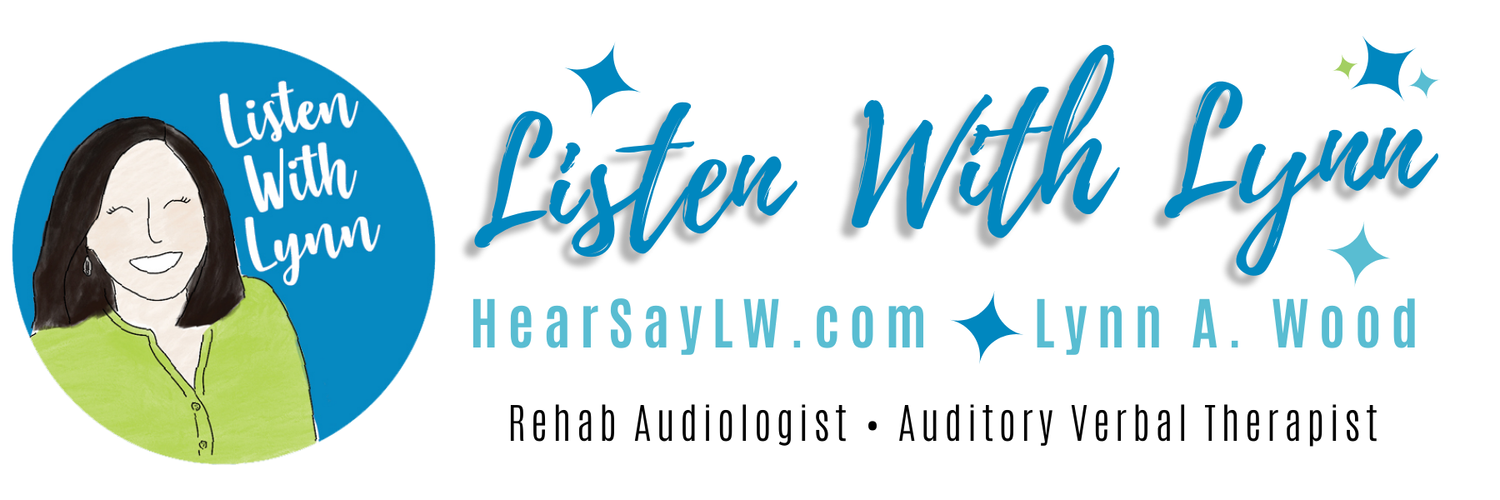Many children across the age range have auditory association goals. Auditory association is the process of attaching meaning to something heard by relating it to previously learned information. For example, if a child hears shoes he says socks or dog - dogs bark, wag their tail, eat bones… based on previous experiences. By targeting auditory association children learn new vocabulary, concepts and language then store these new experiences for future LSL learning (auditory memory and recall).
For young LSL learners after being introduced to the holiday often by reading a well-chosen book we transition and talk about things that go- together. For example, Daddy and Mommy (if appropriate). We play with my boy and girl stuffed Hallmark Bears that have hidden magnets in their snouts. When they come together the magnets attract and they kiss! This leads to a whole discussion involving hugs & kisses etc.
Then we introduce the Go-Together toys and talk about each one. The size of the set and the specific toys are dependent on the child’s LSL level). For example, a table, an umbrella, candles, a spoon, a toothbrush, and so on. To keep with the Valentine theme the toys could be a valentine and an envelope, flower/rose and a vase...The associated toy is hidden from the child's view. Through hearing alone the parent and I take turns saying something along the lines of “I have a chair. I'm sitting on a chair....etc. What goes together with a chair? – Either the child chooses the “table” or we model the correct match. Yes, the table and chair go-together.
It is important to ask -Why? Once again we model the “because” as needed. I have the child put the set of go-together objects either in a Valentine bucket or mailbox.
 |
| http://www.doodlebugblog.com/ |







